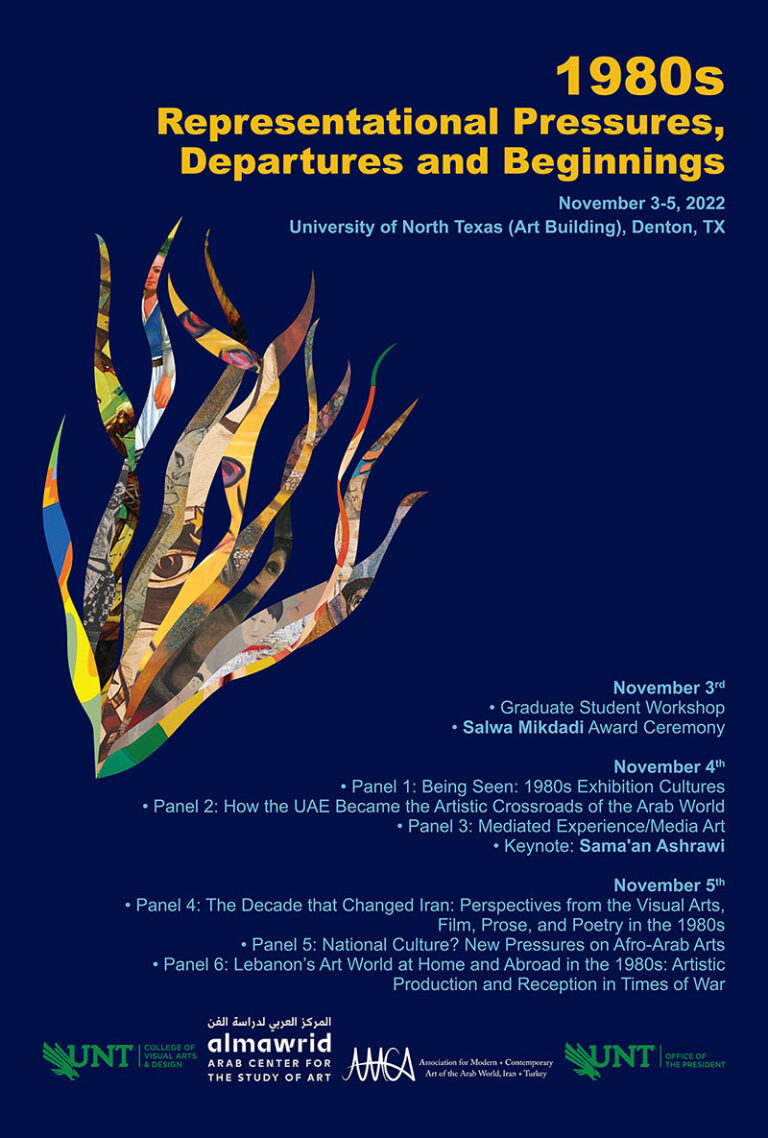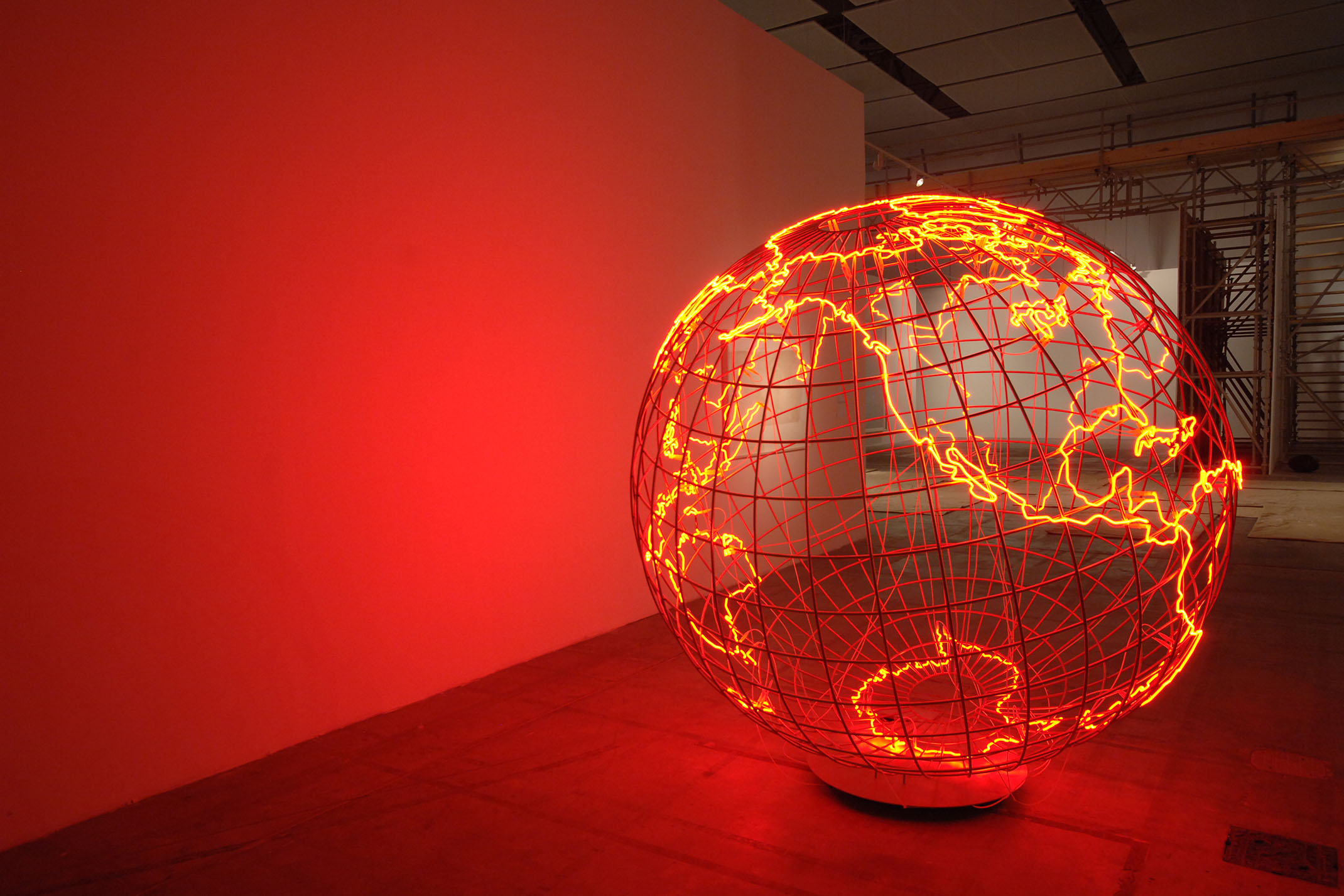LECTURE
“How Two Arab Art Students Started an Artistic Revolution in London”
Joan Grandjean
3.11.22
University of North Texas, Denton, Texas, USA
By the second half of the 1970s, the Byam Shaw School of Art (1910-2003) located in West London, welcomed two students from the SWANA region: a Palestinian living in Lebanon and an Iranian living in the United Arab Emirates. These were the now famous Mona Hatoum (1952- ) and Hassan Sharif (1951-2016). The London-based art institution introduced them both to conceptual and performance art that they adapted in their respective artistic practice in the 1980s. While Hatoum decided to embrace the London art scene due to a forced exile, Sharif translated this training in the UAE through his writings, his rich artistic production and collaborations within “The Five” group (including Hussain Sharif, Mohamed Ahmed Ibrahim, Mohamed Kazem and Abdullah Al Saadi) and the New Arts Movement. Both artists are celebrated today as much in the Western as in the SWANA art worlds and their artworks have been the subject of much scholarship. However, their contribution to conceptual art yet requires further inquiry. Through their commitment to conceptual aesthetics, they broke away from traditional and nationalist conventions such as ḥurufiyyah or figurative art.
This paper addresses the circulations of these two artists in order to shed light on the “production” of their artworks in a generic sense, applicable to the processes of creation, manufacture, exhibiting, evaluation and consumption. Furthermore, it analyzes the ways they were labeled as “artists of the diaspora” and as a part of the “local Arab art scenes”—and how they shaped them—before being integrated as artists from SWANA in the global art market. Studying these two figures of Arab art brings more depth to the notion of contemporaneity in the SWANA region as well as to the new visions they bequeathed to the following generations.
More information here.


